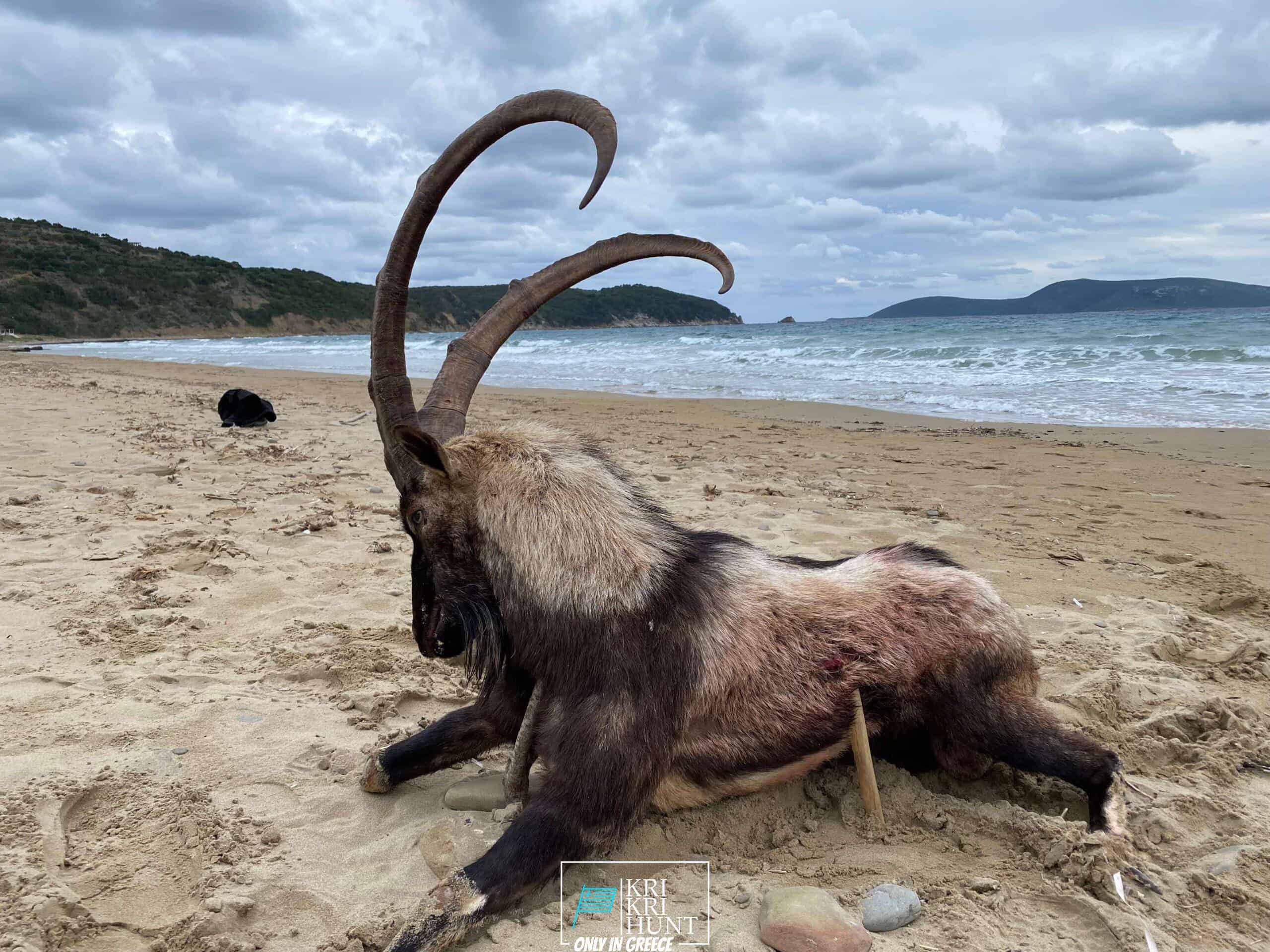
Searching for Kri Kri ibex in Greece is an unbelievable trip and an interesting searching exploration all rolled into one. For most hunters, ibex hunting is a difficult endeavor with miserable problems, however not in this situation! Throughout five days of visiting ancient Greece, diving to shipwrecks, and spearing, you'll encounter beautiful Kri Kri ibex on an exotic island. What else could you want?

The number of Ibexes varies with the population due to the fact that it is not set. The Ibexes of the Cretan Ibex reproduce Kri-Kri is the tiniest ibex in regards to body weight, yet not horn size (Capra Aegagrus Cretica). A few samplings that went uncounted measured 115 centimeters (45 inches). The gold trophy is 61 centimeters (24 inches) long. The Kri-Kri ibex is hunted in Greece at this time. Searching is readily available on Atalanti and also Sapientza. Hunting is allowed on Atalanti from the last week of October to the very first week of December. Hunting is allowed on Sapientza for the entire month of November, depending on climate condition.
On our Peloponnese trips, you'll reach experience all that this amazing area has to use. We'll take you on a trip of some of the most stunning and historic websites in all of Greece, consisting of old ruins, castles, as well as a lot more. You'll also reach experience a few of the conventional Greek society direct by enjoying a few of the tasty food and wine that the region is recognized for. As well as naturally, no journey to Peloponnese would be complete without a dip in the sparkling Mediterranean Sea! Whether you're a knowledgeable hunter searching for a brand-new journey or a novice tourist simply wanting to explore Greece's stunning landscape, our Peloponnese scenic tours are excellent for you. So what are you waiting for? Book your journey today!
If you're seeking a genuine Greek experience, then look no more than our exterior searching in Greece with fishing, and also complimentary diving scenic tours of Peloponnese. This is a memorable method to see everything that this outstanding region needs to provide. Book your excursion today!
What is the diference between Kri Kri ibex, Bezoar ibex and hybrid ibex
The kri-kri is not thought to be indigenous to Crete, most likely having been imported to the island during the time of the Minoan civilization. Nevertheless, it is found nowhere else and is therefore endemic to Crete. It was common throughout the Aegean but the peaks of the 8,000 ft (2,400 m) White Mountains of Western Crete are their last strongholds–particularly a series of almost vertical 3,000 ft (900 m) cliffs called ‘the Untrodden’—at the head of the Samaria Gorge. This mountain range, which hosts another 14 endemic animal species, is protected as a UNESCO Biosphere Reserve. In total, their range extends to the White Mountains, the Samaria National Forest and the islets of Dia, Thodorou, and Agii Pandes.
This Ibex is NOT a diminutive form of the Bezoar Ibex, which has migrated into the western-most reach of the range of this species. The kri – kri (Capra aegagrus cretica), sometimes called the Cretan goat, Agrimi, or Cretan Ibex, is a feral goat inhabiting the Eastern Mediterranean, previously considered a subspecies of wild goat. The kri-kri has a light brownish coat with a darker band around its neck. It has two horns that sweep back from the head. In the wild they are shy and avoid tourists, resting during the day. The animal can leap some distance or climb seemingly sheer cliffs.
“The agrimi goat Capra aegagrus cretica is unique to Crete and its offshore islands. It has been identi®ed as a sub-species of the wild bezoar goat Capra aegagrus aegagrus Erxleben, 1777, which it closely resembles in horn shape, body form and coloration. This classi®cation has been disputed by some researchers who claim that the agrimi are feral goats, derived from early domestic stock brought to the island by the ®rst Neolithic settlers. In order to clarify this issue, DNA analyses (cytochrome b and D loop sequences) were carried out on tissue of live and skeletonized agrimi and compared to sequences of wild and domestic caprines. Results conclusively show the agrimi to be a feral animal, that clades with domestic goats (Capra hircus) rather than with wild Asiatic bezoar. This study demonstrates that morphometric criteria do not necessarily re¯ect genetic af®nities, and that the taxonomic classi®cation of agrimi should be revised.”